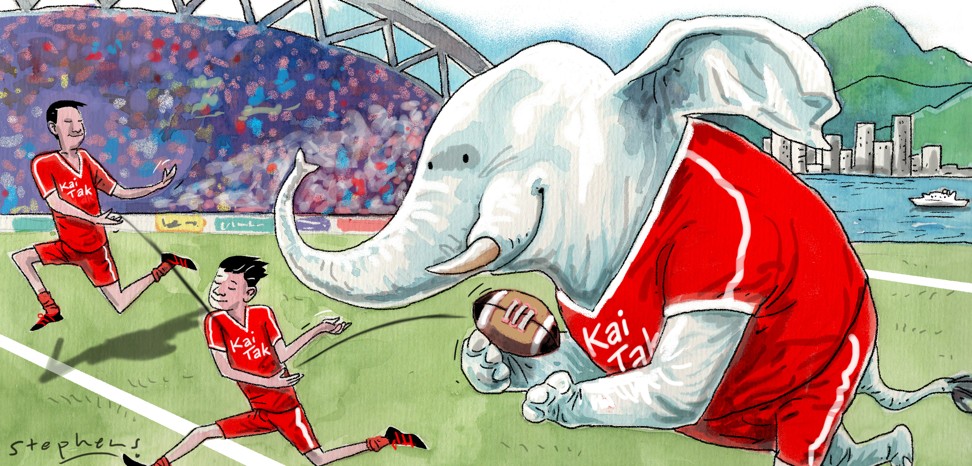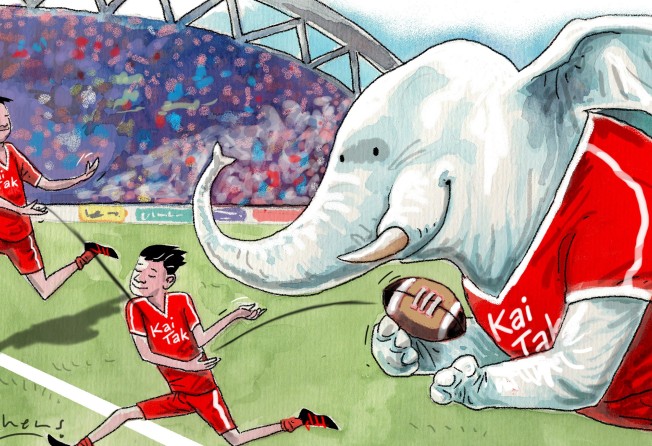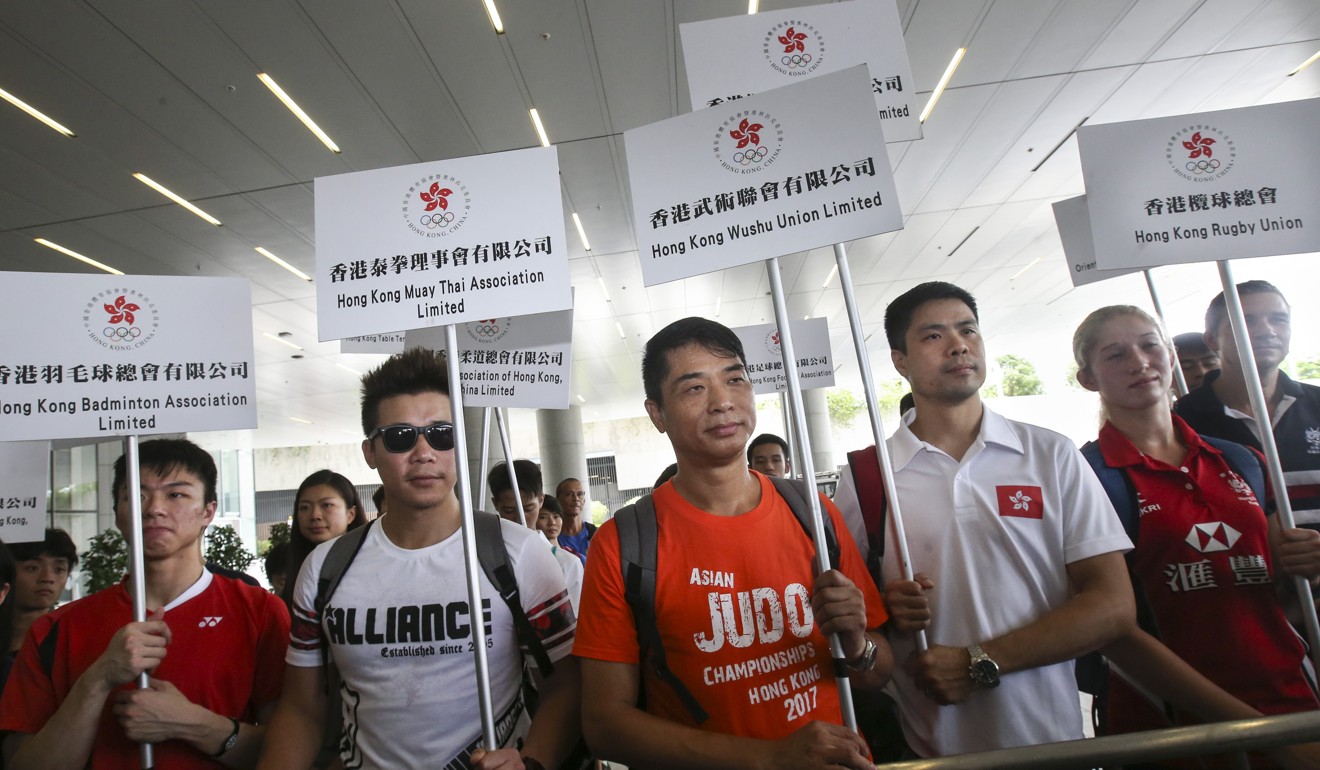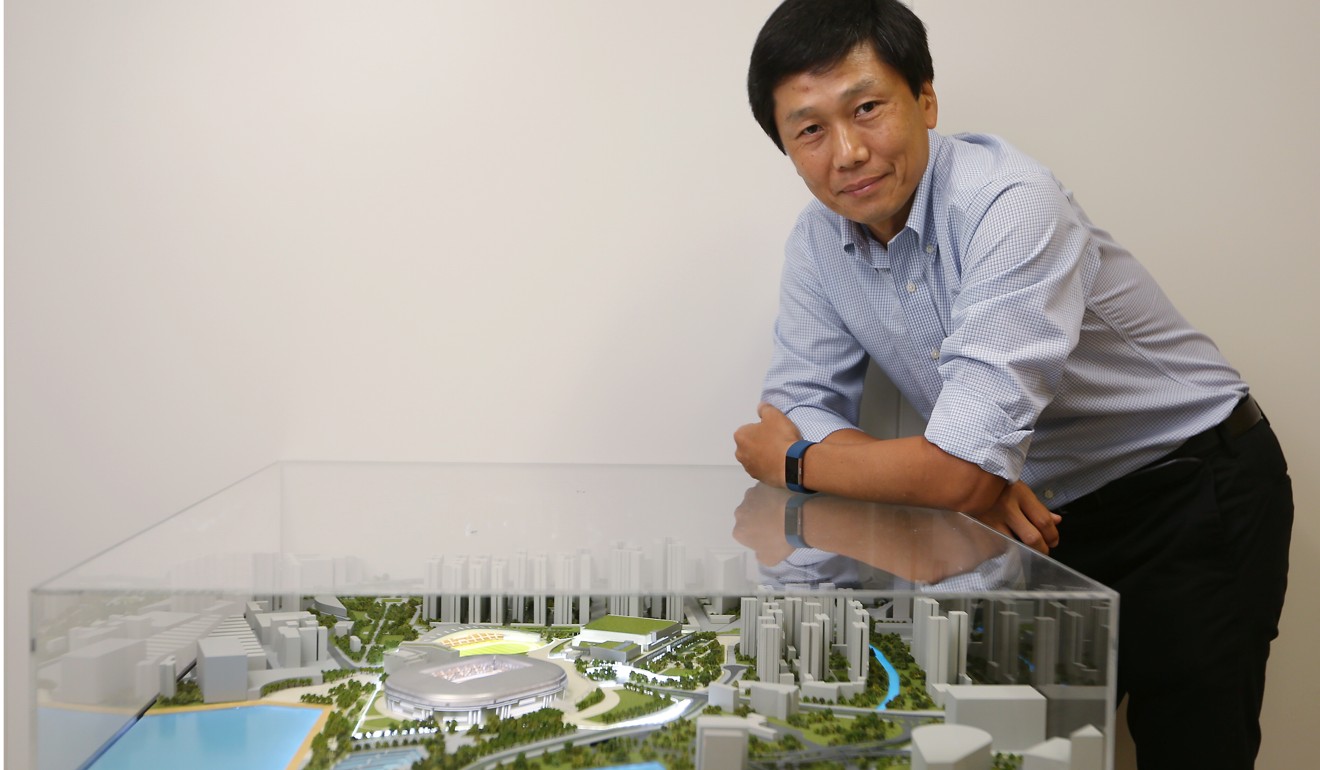
Hong Kong’s new sports park at Kai Tak will not be a white elephant if lessons are learned
Ken Chu says the Kai Tak venue will not only be a blessing for a city in dire need of state-of-the-art sports facilities, but can also boost its standing as a tourism destination

The Kai Tak Sports Park project, which spans 28 hectares, has been embroiled in controversy since its conception. Critics claim the facilities, especially the mega 50,000-seat main stadium, will be left empty most of the time because it may not host too many world-class sporting events. They also cite statistics in support of their claim that preference for physical activity among Hong Kong adults is low compared to their Asian counterparts in Japan, Singapore or South Korea.
I do not agree. Hong Kong hosts many major regional and international sporting events all year round and, regrettably, most are held in old sports arenas such as the Queen Elizabeth Stadium, which was built in 1980.
Also, Hong Kong people do not dislike taking part in sports or physical activity. According to the health department, the proportion of adults engaged in intense physical activities such as jogging, football and swimming for at least 10 minutes per week rose from 33 per cent to 40 per cent between 2005 and 2014. This explains why we often see many people jogging in parks or sports grounds, and soccer pitches at Victoria Park or basketball courts at the Southorn Playground in Wan Chai are always full.

On the other hand, I understand the concerns of legislators that the HK$31.9 billion sports park may become a white elephant. A case in point is the Kai Tak Cruise Terminal, which admittedly looks like a ghost town, with few souls in sight during the daytime and half the retail shops closed all the time. In fact, there is nothing wrong with legislators, stakeholders or the public critically questioning the benefits and costs of any major policy or mega infrastructure project such as the Kai Tak Sports Park, as ultimately the costs are borne by taxpayers.
But I urge critics to be reasonable and realistic. After all, some have complained that Hong Kong needs state-of-the-art sports facilities. Perhaps whether a project becomes a white elephant or not depends on what one wants that project to be.

If measured in terms of tangible pecuniary benefits, the Kai Tak Cruise Terminal is definitely a white elephant. But ask the old couples and youngsters who saunter or walk their dogs, or lie on rugs spread on the ground, at the terminal every evening or on weekends, and they might disagree. The place is a blessing for those who long for a wide open public space with a spectacular harbour view.
Without a doubt, the sports park would be a white elephant if it is underutilised. But this seems unlikely.
Hong Kong is in general short of large, permanent public sports venues, especially ones featuring versatile facilities of international standard that can host indoor as well as outdoor games. According to a paper submitted by the Home Affairs Bureau to the Legislative Council in February, the local demand for public sports facilities is strong.

Between 2014 and 2016, all public sports grounds in Hong Kong reported 100 per cent utilisation, while main arenas in indoor sports centres showed an over 90 per cent utilisation rate. Further, it is expected that in districts such as Kowloon City, Kwun Tong and Wong Tai Sin, surrounding the Kai Tak development area where the sports park is located, there will be a shortfall of three indoor sports centres and one public sports ground by 2024.
Currently, most of our sports arenas are outdated and have drawbacks
Currently, most of our sports arenas are outdated. For example, the Hong Kong Stadium is good for outdoor sports such as rugby and football. The Hong Kong Coliseum, completed more than 33 years ago, has a seating capacity of 12,500, much lower than the proposed world-class main stadium with 50,000 seats at the sports park.
In addition, the Kai Tak Sports Park can bring intangible benefits, one of which is a boost to our city’s status as a centre for major sports events within the Guangdong-Hong Kong-Macau Bay Area, as well as a prestigious tourism destination. For example, the main stadium at the sports park is going to be equipped with state-of-the-art acoustic systems, so that international musical events can be hosted there to appeal to more fans than they would at the Coliseum. Besides, the park will boost the business of retail and dining outlets and hotels, as tourists come to enjoy mega events at the venue.

However, we must avoid a repetition of the problem that the Kai Tak Cruise Terminal suffers from, namely, connectivity. Although the Kai Tak Station of the future Sha Tin to Central Link would be the main public transport gateway for the Kai Tak development area, it would be a nightmare if a huge crowd leaves the main stadium at the same time and tries to get on an MTR train, given that the Kwun Tong Line already operates at maximum capacity most of the time.
Besides, the proposed Environmentally Friendly Linkage System (EFLS), or the monorail akin to that in downtown Sydney, to connect with MTR interchange stations such as Kai Tak and Kwun Tong may not be able to help ease the crowds. That is because this EFLS is a two-car monorail train with a capacity of about 250 passengers, and so it may take 200 trains to transport all 50,000 spectators. Besides, in the future, there will be more than 130,000 people living in the Kai Tak development area and they will also share the monorail services.
To prevent Kai Tak Sports Park from degenerating into a white elephant, it must remain accessible with adequate transport links.
Dr Ken Chu is group chairman and CEO of the Mission Hills Group and a National Committee member of the Chinese People’s Political Consultative Conference